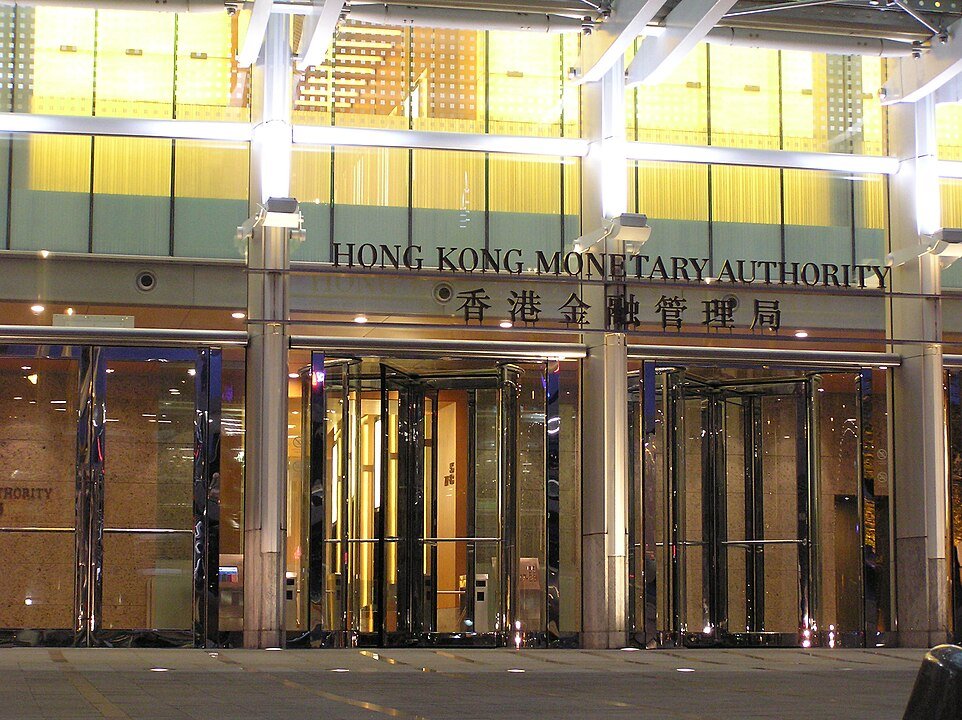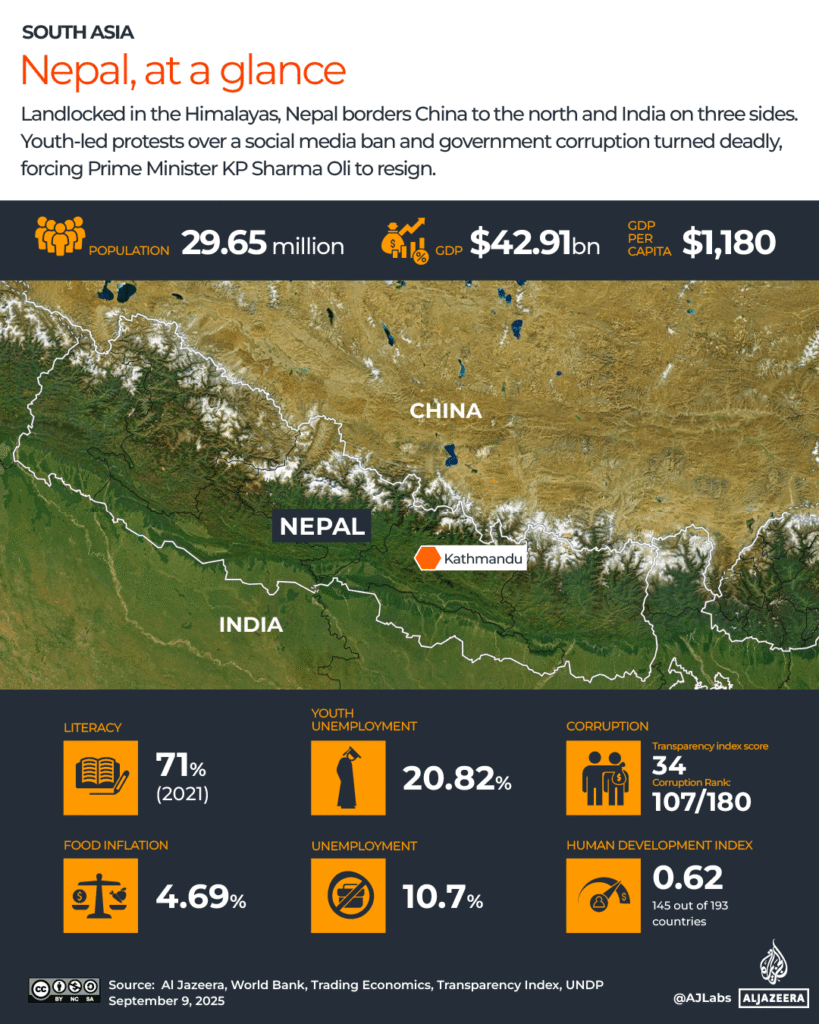Published on
September 11, 2025

During the upcoming National Day holiday in China, a significant increase in outbound travel is expected, with interest in international destinations nearly doubling compared to the previous year. This rise in demand is primarily driven by the expansion of visa-free policies and an increase in direct international flights. The Golden Week, running from October 1 to 8, has become a key period for long-haul travel, showing a robust growth in China’s outbound tourism. A major factor behind this boom is the China-Russia mutual visa-free agreement, which has made Russia one of the most popular destinations for Chinese travelers. According to data from Trip.com, Moscow and St. Petersburg are seeing substantial interest, reflecting a broader shift in Chinese tourism toward immersive cultural experiences and diverse travel destinations.
Visa-Free Travel Enhances Russia’s Appeal
The China-Russia visa-free agreement has played a significant role in boosting Russia’s popularity as a destination for Chinese tourists. Trip.com reports that Moscow has seen a 20% increase in bookings compared to the previous week, with a remarkable 80% rise year-on-year. Similarly, St. Petersburg, known for its rich cultural heritage, has experienced a 3.2-fold increase in search volume week-on-week and a 2.7-fold rise compared to the same period last year.
This surge can be attributed to the convenience of visa-free travel, allowing Chinese travelers easier access to Russia. The country’s scenic landscapes, historical cities, and cultural landmarks are becoming more appealing to travelers seeking deeper, more authentic travel experiences. As Chinese tourists increasingly opt for longer and more meaningful vacations, Moscow and St. Petersburg are emerging as prime destinations for cultural immersion and adventure.
Popular Destinations: A Mix of the Familiar and the New
While Russia is experiencing substantial growth in popularity, other destinations are still highly favored among Chinese tourists during the National Day holiday. Japan remains the top-searched destination, with Europe also receiving considerable interest. Countries such as Italy, France, Spain, New Zealand, South Korea, Indonesia, Australia, the United States, and the United Kingdom all rank high in search interest. These countries are particularly attractive to Chinese tourists due to their cultural richness, iconic landmarks, and diverse tourist offerings.
Among the European destinations, Greece stands out with an impressive sevenfold increase in search interest. This surge is primarily due to the new direct flight routes, which have made Greece more accessible to Chinese travelers. Crete, with its views of the Aegean Sea and ancient cultural heritage, has seen search interest soar by more than 10 times year-on-year, making it one of the most sought-after European destinations. This increase in demand highlights Europe’s enduring appeal to Chinese tourists, who are eager to explore both well-known locations and off-the-beaten-path destinations.
Hidden Gems and Unique Travel Experiences
One of the emerging trends in China’s outbound tourism is the growing interest in “hidden gems”—destinations that offer authentic, off-the-beaten-path experiences. While Crete in Greece is a prime example, several other lesser-known spots are also gaining traction. For instance, Okinawa in Japan has seen its search interest double, and Phu Quoc Island in Vietnam has experienced a sevenfold increase in interest. Additionally, destinations like Mallorca in Spain and Calvados in France have witnessed notable surges in searches, with Mallorca‘s search interest quadrupling, and Calvados experiencing an astonishing 30-fold rise.
These hidden gems offer more than just relaxation; they provide travelers with the opportunity to immerse themselves in local culture and explore areas that are not saturated with tourists. This trend reflects a shift in Chinese tourism preferences, particularly among younger travelers who are seeking unique, immersive cultural experiences. This new wave of tourism marks a departure from overcrowded destinations, with travelers now preferring to visit places that allow them to connect more deeply with local communities and traditions.
Shifting Preferences: Younger Travelers Seeking Authenticity
The surge in Chinese outbound tourism is being largely driven by younger travelers, particularly those aged 25 to 29. These travelers, mostly young professionals, are increasingly gravitating toward immersive cultural experiences instead of traditional sightseeing-heavy trips. They are more interested in destinations that offer authentic cultural encounters and unique local experiences. Countries like Greece, Vietnam’s Phu Quoc Island, and Japan’s Okinawa are among those gaining popularity among this demographic.
Research from Airbnb suggests that this group of travelers values a mix of luxury and authenticity. They are looking for personalized travel experiences that align with their lifestyle and interests. Whether exploring the historical sites of Crete or experiencing the natural wonders of Phu Quoc, these younger travelers are looking for customized and meaningful travel experiences that allow them to forge a stronger connection with the places they visit. This evolving demand for authenticity and personalization is shaping the future of Chinese tourism, moving away from traditional tourism and focusing more on experiential travel.
The National Day Surge: Transforming the Global Travel Industry
The National Day holiday in China has long been a peak period for outbound travel, but the expected surge in 2025 could be more substantial than ever. As Chinese tourists continue to explore both traditional and emerging destinations, the global travel market is set to experience a shift in demand. With visa-free policies and the expansion of direct flight routes, Chinese tourists now have greater accessibility and more streamlined travel options, creating opportunities for destinations worldwide to cater to their growing needs.
The anticipated rise in Chinese outbound travel will result in more flights, higher capacity, and more affordable travel options for long-haul destinations. This growth will have a significant effect on the aviation industry, forcing airlines to adapt to the increasing demand from Chinese tourists. As the Chinese outbound tourism market expands, global economies, particularly those dependent on tourism, will experience positive growth. Destinations like Russia, Europe, and Southeast Asia are expected to benefit the most from this surge.
Global Impact: Shaping the Future of Tourism
The rise in Chinese outbound tourism will have significant implications for the global travel market. As China’s middle class continues to grow, international destinations will need to adjust their offerings to meet the increasing demand from Chinese travelers. To accommodate this influx, destinations will need to enhance their tourism infrastructure, including more direct flights, accommodation options, and local tourist services.
Additionally, the growing demand for multimodal travel—where flights, accommodation, and local transport are combined—will likely become more widespread. This shift reflects the growing demand for a more integrated travel experience among Chinese tourists, and it will influence the future of the global tourism market. As China’s outbound tourism continues to grow, it will shape the travel industry by encouraging destinations to provide more streamlined services and eco-friendly travel options.
The Transformation of Chinese Outbound Tourism and Its Global Impact
The National Day holiday surge in China is indicative of a broader shift in Chinese travel preferences. The combination of visa-free policies, direct flights, and the growing desire for immersive travel experiences is reshaping the landscape of global tourism. Chinese travelers are increasingly seeking authentic, culturally rich destinations rather than the typical tourist spots. This shift is largely driven by younger Chinese professionals who value personalized travel experiences that allow them to form deeper connections with the places they visit.
The global impact of this surge in Chinese travel will extend well beyond the holiday period. As travel becomes more efficient, affordable, and accessible, China’s outbound tourism market will continue to be a major influence in the global tourism economy, ensuring China’s place at the center of international travel. The increasing demand for unique travel experiences and culturally immersive destinations will likely lead to a paradigm shift in how destinations, airlines, and hospitality providers cater to Chinese tourists. This transformation will shape the future of global travel for years to come.







